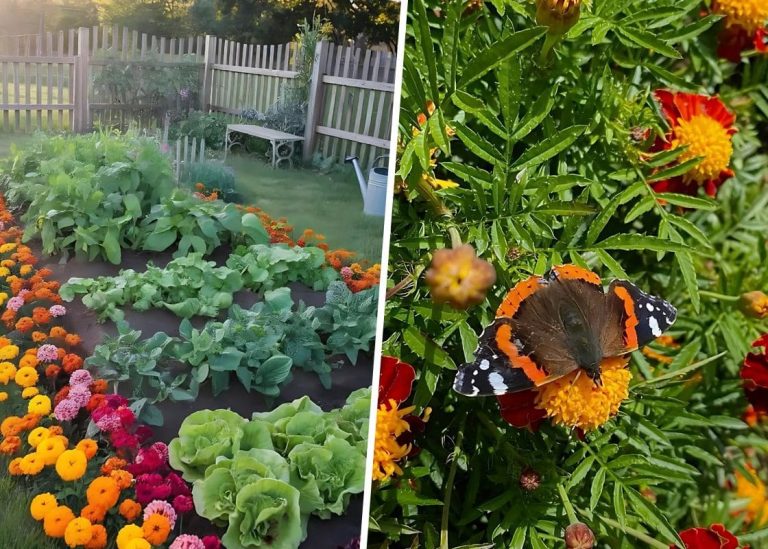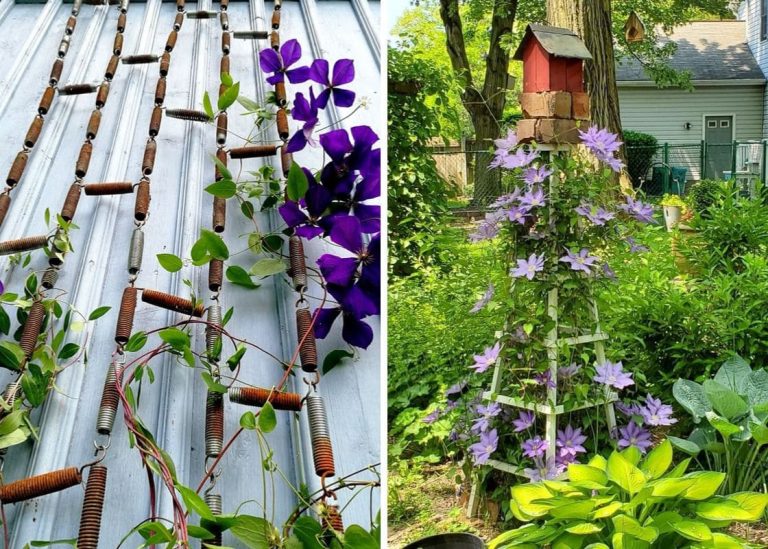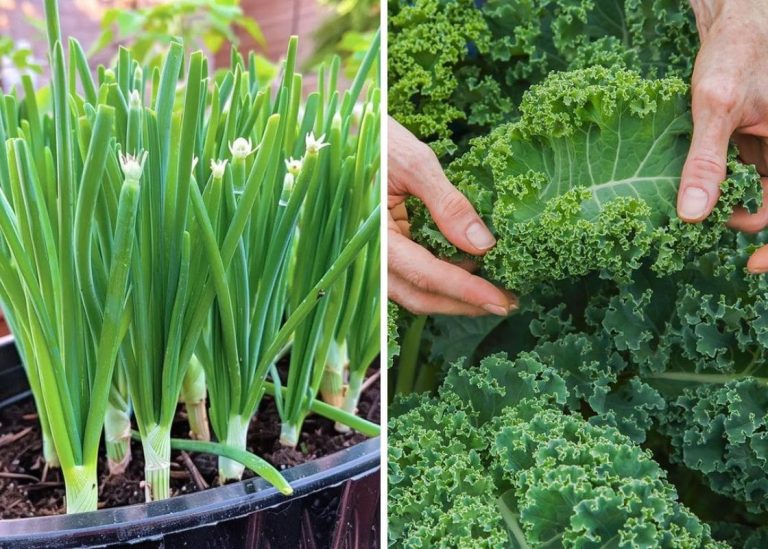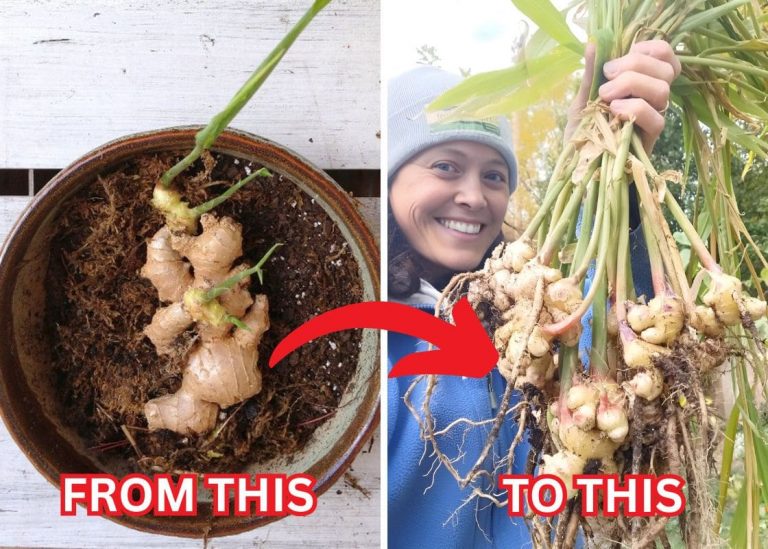Full Guide on Growing White Anthuriums With 100% Success
One afternoon, after a long stretch of gray days, I brought home a single white anthurium. It sat on the kitchen windowsill in a plain clay pot—its glossy leaves firm, its waxy bloom shining like it had been polished by moonlight.
Honestly, I didn’t expect much from it at first. I thought it might be too fussy, another plant I’d try and lose. But over time, it grew quietly and gracefully.
A few weeks in, the bloom still stood tall. It didn’t fade like the others I’d tucked near it. While I rotated herbs and ferns, this white anthurium just kept holding its pose, like a calm, elegant guest who didn’t need much attention to be absolutely radiant.
That’s what won me over and I started growing a few more. Indoors, outside under the patio roof, even in hanging pots paired with trailing ferns. They’ve taught me patience and rewarded me with beauty that lasts far longer than most flowers I’ve known.
What Makes White Anthuriums So Special?
White anthuriums (Anthurium andreanum and sometimes Anthurium scherzerianum) come from the misty rainforests of Central and South America. They grow beneath a leafy canopy where light is soft and humidity wraps around everything like a warm hug. Their bright spathes—the petal-like part we think of as the flower—aren’t actually flowers at all. They’re modified leaves, designed to protect the spadix, the real flower, which looks like a tiny spike in the center.
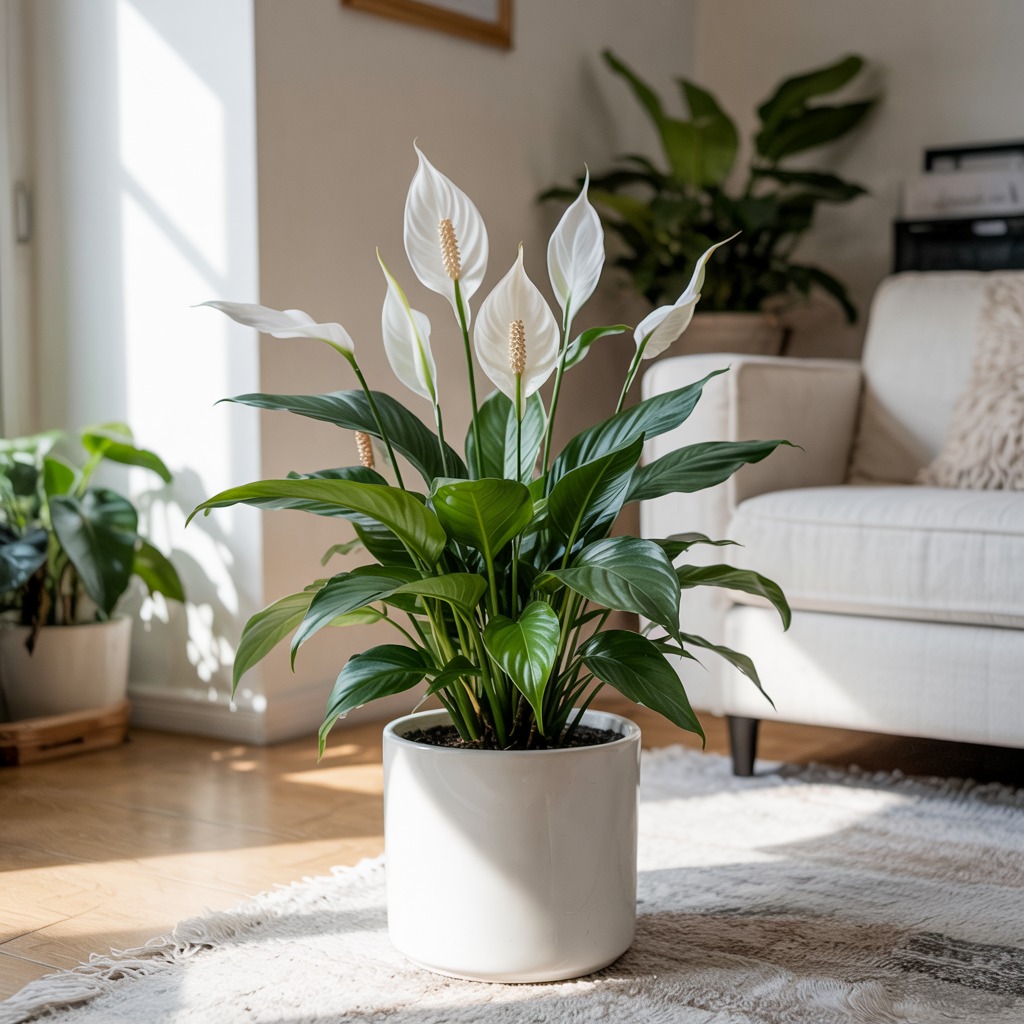
That subtle twist of form and function is part of what draws people to them. In the right conditions, white anthuriums will bloom several times a year. Some say they symbolize purity, others say hospitality. For me, they just bring a kind of stillness to a room that’s hard to explain but easy to feel.
Choosing the Right Growing Conditions
Think of it this way: white anthuriums aren’t dramatic divas—they’re rainforest introverts. They thrive in warmth, indirect light, and a steady rhythm of moisture and airflow.
Light: Bright but indirect is the sweet spot. East- or north-facing windows indoors work best. Outside, a covered patio or dappled shade keeps them protected from burning sun.
Temperature: Keep it between 65–80°F (18–27°C). They hate cold drafts, so steer clear of doors or windows that open in winter. If nighttime temps drop below 55°F (13°C), it’s time to bring them indoors.
Humidity: Anything above 50% is ideal. I keep mine near a tray of pebbles with water below or group it with other humidity-loving plants. A small diffuser or humidifier nearby can be surprisingly effective.
On especially dry days, I’ve lightly misted their leaves in the morning—not so much for water, but to mimic that gentle jungle air.
Selecting the Best Soil and Pot
These plants are epiphytes by nature, meaning their roots are used to growing on surfaces like tree bark, not buried deep in soggy soil. That means they want a mix that’s loose, chunky, and drains fast while holding a little moisture.

Here’s what works for me:
-
2 parts orchid bark
-
1 part perlite
-
1 part peat moss or coco coir
-
A small scoop of horticultural charcoal
I once skipped the bark and regretted it—too much peat and the roots suffocated. The best container is one with drainage holes, preferably terracotta, since it breathes and keeps the root zone from getting too wet.
Watering Tips for Healthy Growth
Watering is often where things go wrong—too much and the roots drown, too little and they sulk. I touch the top inch of soil with my fingers every few days. If it feels dry, I water deeply. If not, I wait.
In warm seasons, that means about once a week. In winter, it stretches to every 10 days or so. I prefer using rainwater or filtered water, since tap water in my area tends to be heavy on chlorine, which can cause those frustrating brown tips.
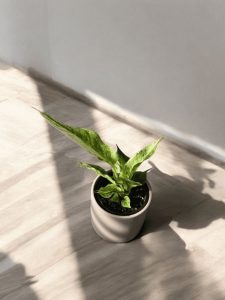
Don’t rely on a strict schedule—listen to the plant. The leaves will tell you. Droopy and limp? Probably dry. Yellowing and soft? Back off the watering.
Fertilizing for Bigger and Better Blooms
I once skipped fertilizing for an entire season, and while my plant survived, it just sat there—not growing, not blooming, not doing much of anything. When I started feeding again, it slowly woke up. Fertilizer makes a difference, especially during the growing months.
Every 6–8 weeks, I use a liquid fertilizer diluted to half strength. Something balanced like 20-20-20 works fine. For flowering, I’ll switch to a high-phosphorus blend like 10-30-20 once or twice during the season. Be gentle—white anthuriums don’t like being overwhelmed with nutrients.
After feeding, I usually give the plant a good flush with clean water the next week to prevent any salt buildup in the soil. It’s a little thing, but it’s helped keep mine thriving.
Repotting and Propagation
I usually repot my white anthuriums every 2–3 years or whenever roots start pushing out of the drainage holes. The best time to do it is in spring, just as the plant starts waking up with new growth.
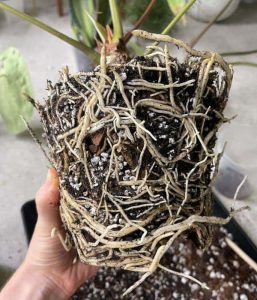
When repotting, I often take a moment to gently divide the root ball if I spot a healthy offshoot. I once gave a divided piece to a friend who’d never grown one before—and it bloomed within six months. All it needed was a loose potting mix, some gentle care, and a little patience.
Don’t force divisions if the roots are tangled tightly. I’ve learned it’s better to wait than risk tearing them apart and stressing the plant.
Common Problems and How to Fix Them
White anthuriums, while low-maintenance overall, will speak up when something’s wrong. It just takes a little practice to understand their language.
-
Brown tips usually mean dry air or too much fertilizer. Raise the humidity and rinse the soil through with clean water.
-
Yellowing leaves often mean soggy roots. Ease up on watering and double-check drainage.
-
No blooms: They likely need more light. Move the plant to a brighter space (still away from direct sun) and consider using a bloom booster fertilizer.
I’ve made all these mistakes at one point or another. What matters is noticing early and adjusting gently. These plants are forgiving if you catch things in time.
Final Thoughts
White anthuriums aren’t about instant results. They reward quiet consistency. A spot with gentle light, steady moisture, and a little attention now and then—and they’ll shine. Mine have bloomed through heatwaves, through gray winters, through days when I forgot to even look at them. But when I finally do pause and see a new bloom unfurling, I feel it in my chest like a breath I didn’t know I was holding.
So give one a try. Tuck it near a window, water when the soil asks, and see what kind of beauty it offers you. You might just find, as I did, that white anthuriums are more than pretty flowers—they’re gentle teachers in patience and grace.



